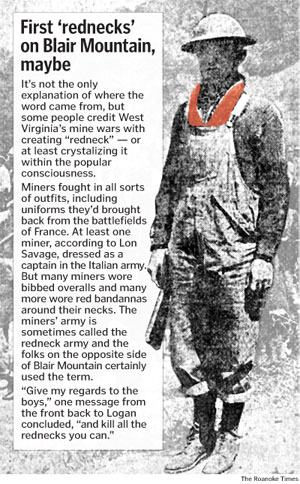Thomas Woodrow Wilson (December 28, 1856 – February 3, 1924) was the 28th President of the United States, from 1913 to 1921. He led the United States into the First World War in 1917. Wilson’s administration did not plan for the process of demobilization at the war’s end. Though some advisers tried to engage the President’s attention to what they called “reconstruction”, his tepid support for a federal commission evaporated with the election of 1918. Republican gains in the Senate meant that his opposition would have to consent to the appointment of commission members. Instead, Wilson favored the prompt dismantling of wartime boards and regulatory agencies.
The Great War had brought labor new powers and could threaten to go on strike if these demands weren’t met since a majority of the workers had gone off to fight. In promising not to strike, the workers got higher wages and better working conditions. In the post war years this would change.
Fears of German sabotage led to the political supression of another, but more militant, union the IWW. By the fall of 1917, over 200 leaders were charged with sedition and espionage. Then in 1917, the Red Revolution began in Russia; to many industrialists, they viewed this a connection between labor and violent revolution. By 1919, these fears of Red Scare spread through the US, already fueled by fears of German spies. Several pipe bombs were sent to political leaders homes resulting in the Palmer Raids and establishing an ever greater paranoia to the US public. Wilson’s government soon started to abandoned their Progressive connections to the unions, leaving them to find for themselves.
He was still President when the shootings at Matewan broke out between Sid Hatfield and the hired thugs. With ever increasing demands from the unions for Wilson to intervene, he soon began to ignore their requests making his focus on the affairs in Europe. To many in the UMWA this was a stab in the back since they helped him win the election of 1916. However by this point in his presidency, he had lost most of the function in his body due to a stroke.
It was clear in the elections of 1920, Americans were no longer going to accept liberalism aboard or at home with the election of Harding as the 29th President.








You must be logged in to post a comment.